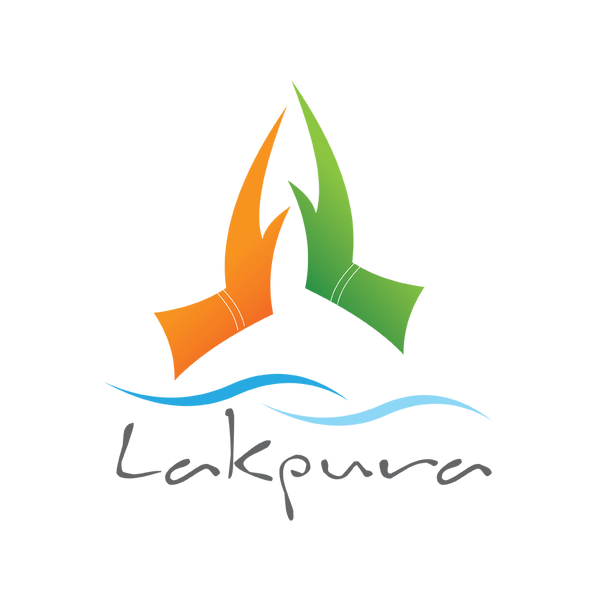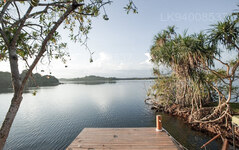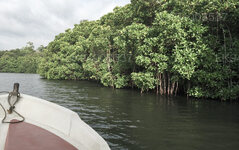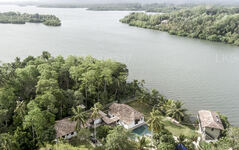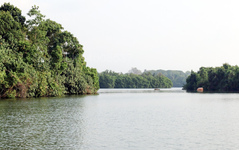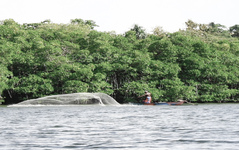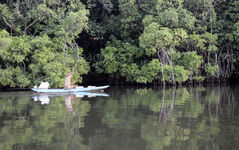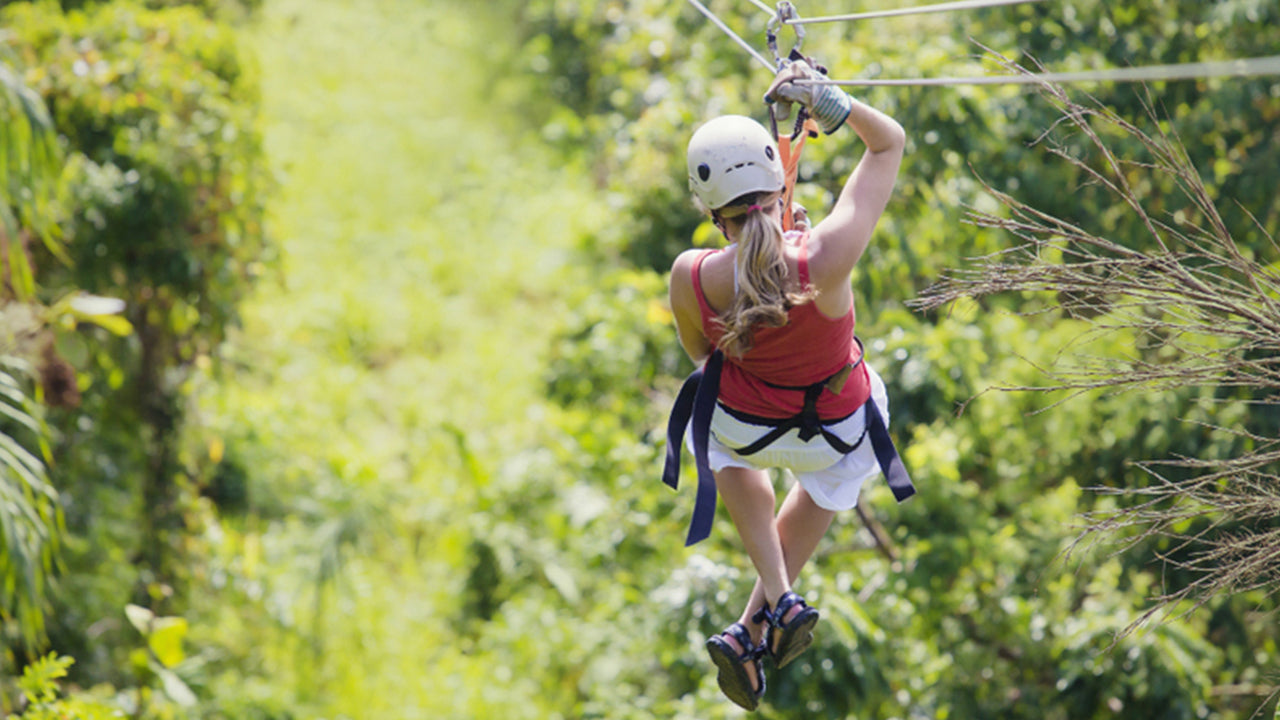
Koggala City
Koggala is a small coastal town, situated at the edge of a lagoon on the south coast of Sri Lanka, located in Galle District, Southern Province, Sri Lanka, governed by an Urban Council.
Koggala Lagoon
Koggala Lagoon (Sinhala: කොග්ගල කලපුව Koggala Kalapuwa) is a coastal waterbody located in Galle District, Southern Sri Lanka. It is situated near the town of Koggala and adjacent to the southern coast, about 110 km (68 mi) south of Colombo. The lagoon is embellished with eight ecologically rich small islands.
Features and location
The lagoon has a surface area of approximately 7.27 km2 (2.81 sq mi) measuring 4.8 kilometres (3.0 mi) in length and 2 kilometres (1.2 mi) in width. The water depth ranges from 1.0 metre (3.3 ft) to 3.7 metres (12 ft). The lagoon is largely rain fed and a number of streams are connected to it. Warabokka-ela stream (Koggala-oya) that enters the lagoon from the north-west is the main freshwater supply. Kerena anicut, which was constructed combining two streams, Mudiyansege-ela stream and Thithagalla-ela stream, is the second largest freshwater inflow. Heen-ela stream contributes a minor to the freshwater inflow. In addition to above four streams, Kahanda-ela stream, Gurukanda-ela stream and Thelambu-ela stream are also contributors for freshwater inflows but are presently abandoned with overgrown vegetation. The only outlet of the lagoon is Pol-oya located at the southeast corner; a narrow 300 metres (980 ft) long canal, which connects the lagoon with the Indian Ocean. The lagoon has a hydro-catchment area of approximately 55 km2 (21 sq mi).2 Various land use practices exist in the catchment, which mainly includes small-scale fishing industry and paddy farming. The Koggala Export Processing Zone (KEPZ), is an industrial area with a surface area of 91 ha (220 acres) located within the catchment area of the lagoon.
Tourism
The Koggala Lagoon is one of the main features for tourists who visit southern coastal areas in Sri Lanka with rich bio diversities and eco systems. The Lagoon is scattered with eight small islands. The islands consist of lush mangrove swamps. Anchored in mud, the mangrove roots are coated with a variety of creatures, including barnacles, oysters and crabs. The dense, intertwining roots serve as nurseries for many fish species. There are seven islands in the lagoon, that can be reached by boat. The most famous of the islands is ‘Madol Doova' (Mangrove Island Sinhala: මඩොල් දූව)’, which is described in detail by Martin Wickramasinghe in his novel, Madol Doova. Motor boats are available to hire to travel across the lagoon. Tourists can witness the varying species of Mangrove, about ten of which are endemic to Sri Lanka. Wildlife of these islands inherited to a wide variety of flora and fauna, like monitor lizards and a number of birds. In addition to wildlife and the scenery, Kathaluwa Buddhist Temple (Kathaluwa Purvarama Maha Vihara) is one of the main tourist attractions in the lagoon with Kandyan-style paintings dated 19th century. Some images include colonial rulers and strangely Queen Victoria herself to commemorate her support for local Buddhism in the face of British missionary Christianity.
About Galle District
Galle is a city situated on the southwestern tip of Sri Lanka, 119 km from Colombo. Galle is the best example of a fortified city built by Europeans in south and Southeast Asia, showing the interaction between European architectural styles and south Asian traditions. The Galle fort is a world heritage site and the largest remaining fortress in Asia built by European occupiers.
Galle is a sizeable town, by Sri Lankan standards, and has a population of 91,000, the majority of whom are of Sinhalese ethnicity. There is also a large Sri Lankan Moor minority, particularly in the fort area, which descend from Arab merchants that settled in the ancient port of Galle.
About Southern Province
The Southern Province of Sri Lanka is a small geographic area consisting of the districts of Galle, Matara and Galle. Subsistence farming and fishing is the main source of income for the vast majority of the people of this region.
Important landmarks of the Southern Province include the wildlife sanctuaries of the Yala and Udawalawe National Parks, the holy city of Kataragama, and the ancient cities of Tissamaharama, Kirinda and Galle. (Although Galle is an ancient city, almost nothing survives from before the Portuguese invasion.) During the Portuguese period there were two famous Sinhalese poets called Andare who was from Dickwella and Gajaman Nona who was from Denipitiya in Matara District, composing poems on common man.
